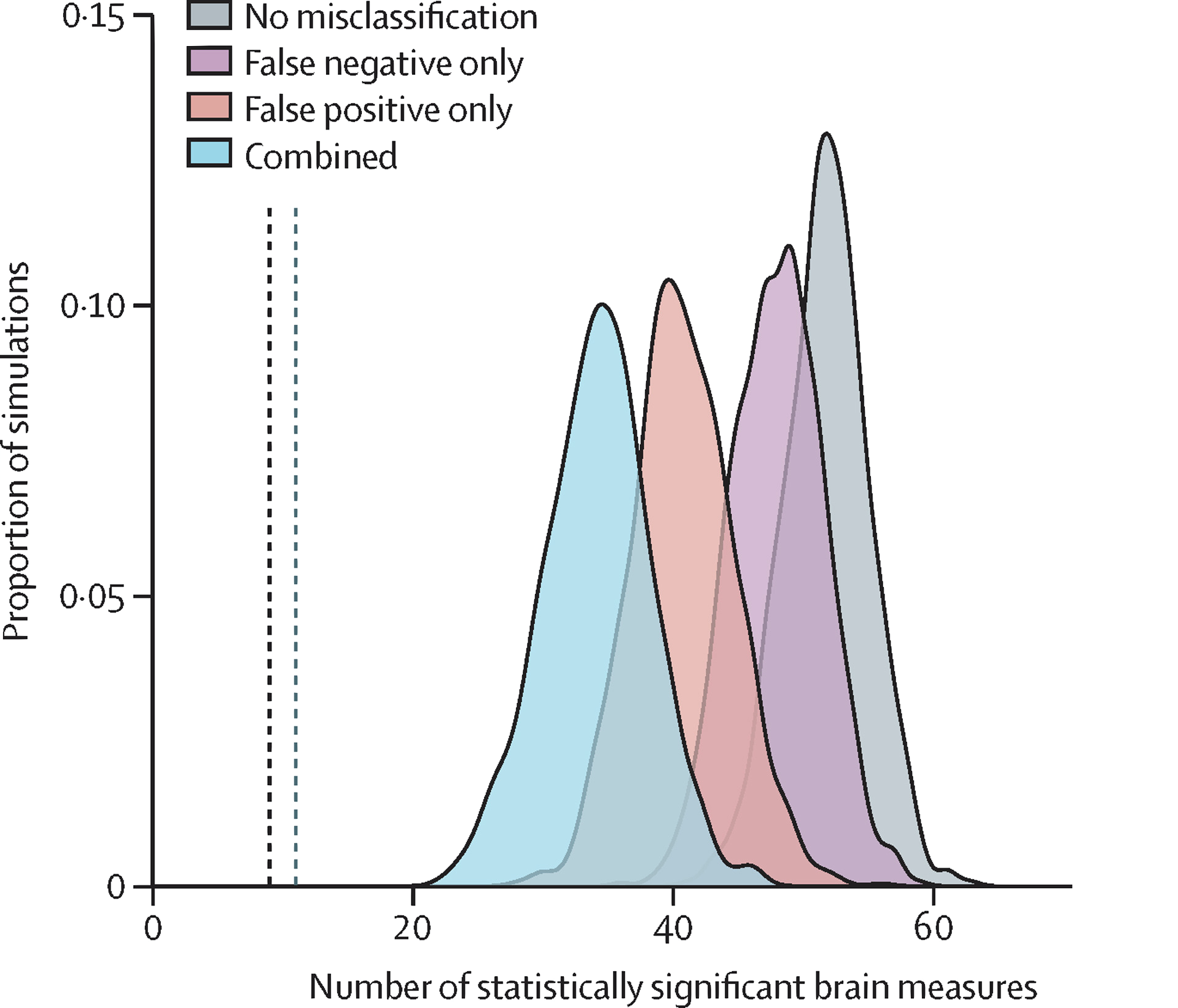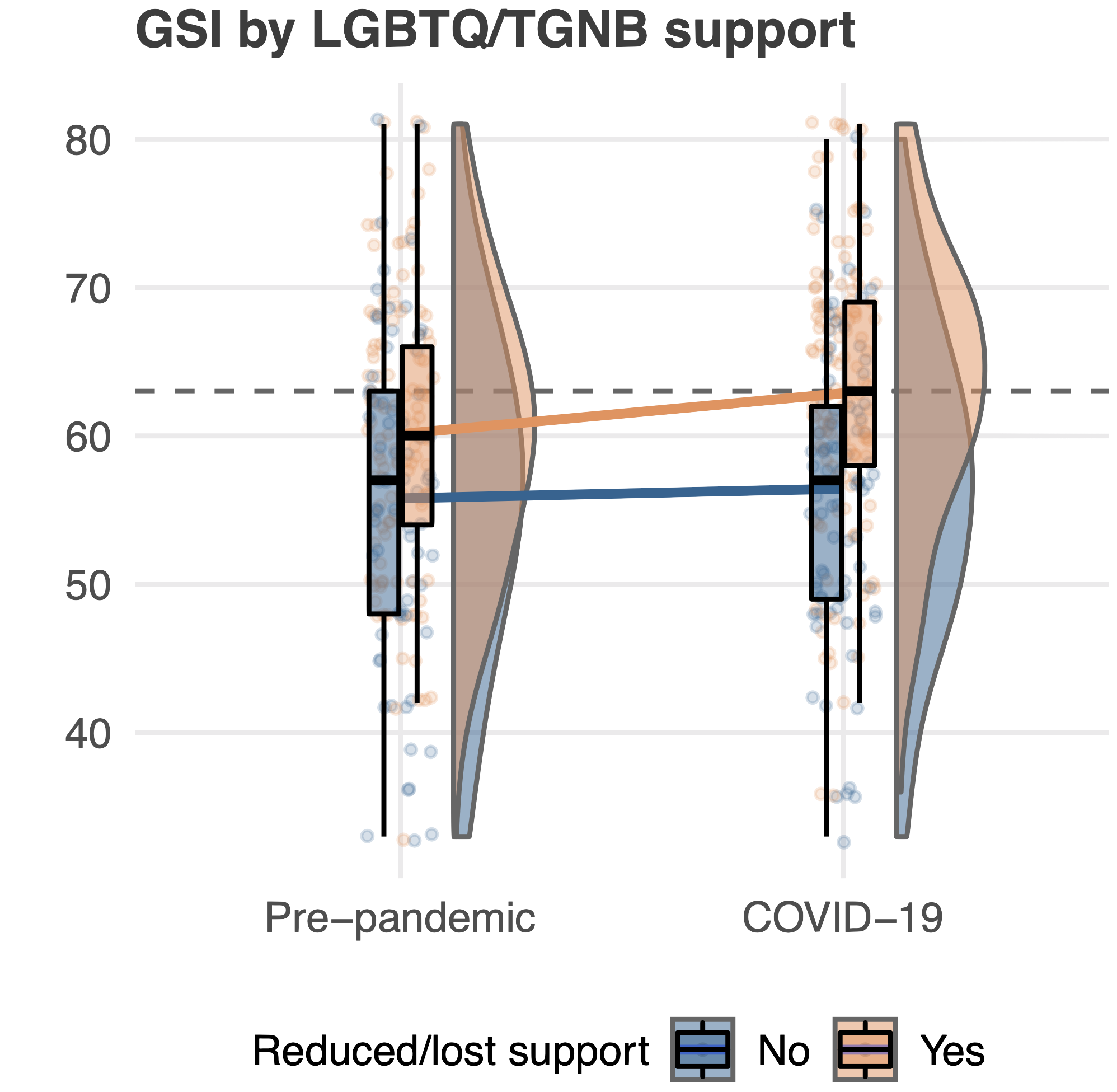Social and environmental determinants of health
April 20, 2022
Understanding neurodevelopment and physiological health in children and adolescents
Along with a variety of collaborators across Columbia Psychiatry, I help conduct an extensive research program using MRI and biological markers to investigate how children’s environments shape their developmental trajectories. Using prospective cohorts of pregnancy and childrearing as well as large population samples like the Adolescent Brain and Cognitive Development (ABCD) Study, we have ongoing assessments of the role of such diverse exposures as air pollution, maternal SSRI use, cannabis exposure, intergenerational adverse experiences on brain development and physiological functioning. Further studies explore the neurological underpinnings of adolescent mental illness, with specific focus on structural MRI markers of ADHD and functional MRI markers of anorexia nervosa.
Social and environmental dimensions of mental health
The vast heterogeneity of mental health diagnoses and symptoms requires careful consideration of people’s daily context in order to gain understanding. In addition to biological and neurological studies, my collaborators and I seek to elucidate the complex societal processes that can hinder or enhance health in underserved and at-risk communities. This work has revealed that stigma is associated with worse mental health and sleep quality in transgender and non-binary communities, shown that socioeconomic disparities in noise pollution were exacerbated by the COVID-19 pandemic, and found links between childhood poverty and slower neurodevelopment. Ongoing research extends these efforts to drug and alcohol use, and assesses community interventions to improve important behavioral and health outcomes.
Related papers
- Structural brain measures among children with and without ADHD in the ABCD cohort. The Lancet Psychiatry, 2022
- Noise complaint patterns in New York City from January 2010 through February 2021: Socioeconomic disparities and COVID-19 exacerbations. Environmental Research, 2022
- Prospective relationships between stigma, mental health, and resilience in a multi-city cohort of transgender and nonbinary individuals in the US. Social Psychiatry and Psychiatric Epidemiology, 2022
- Examining the associations of minority stressors with sleep health in gender minority individuals . Sleep Health, 2022
- Understanding the impact of the COVID-19 pandemic on the mental health of transgender and gender nonbinary individuals engaged in a longitudinal cohort study. Journal of Homosexuality, 2021
- Posted on:
- April 20, 2022
- Length:
- 2 minute read, 345 words
- Tags:
- Mental health Public health
- See Also:

